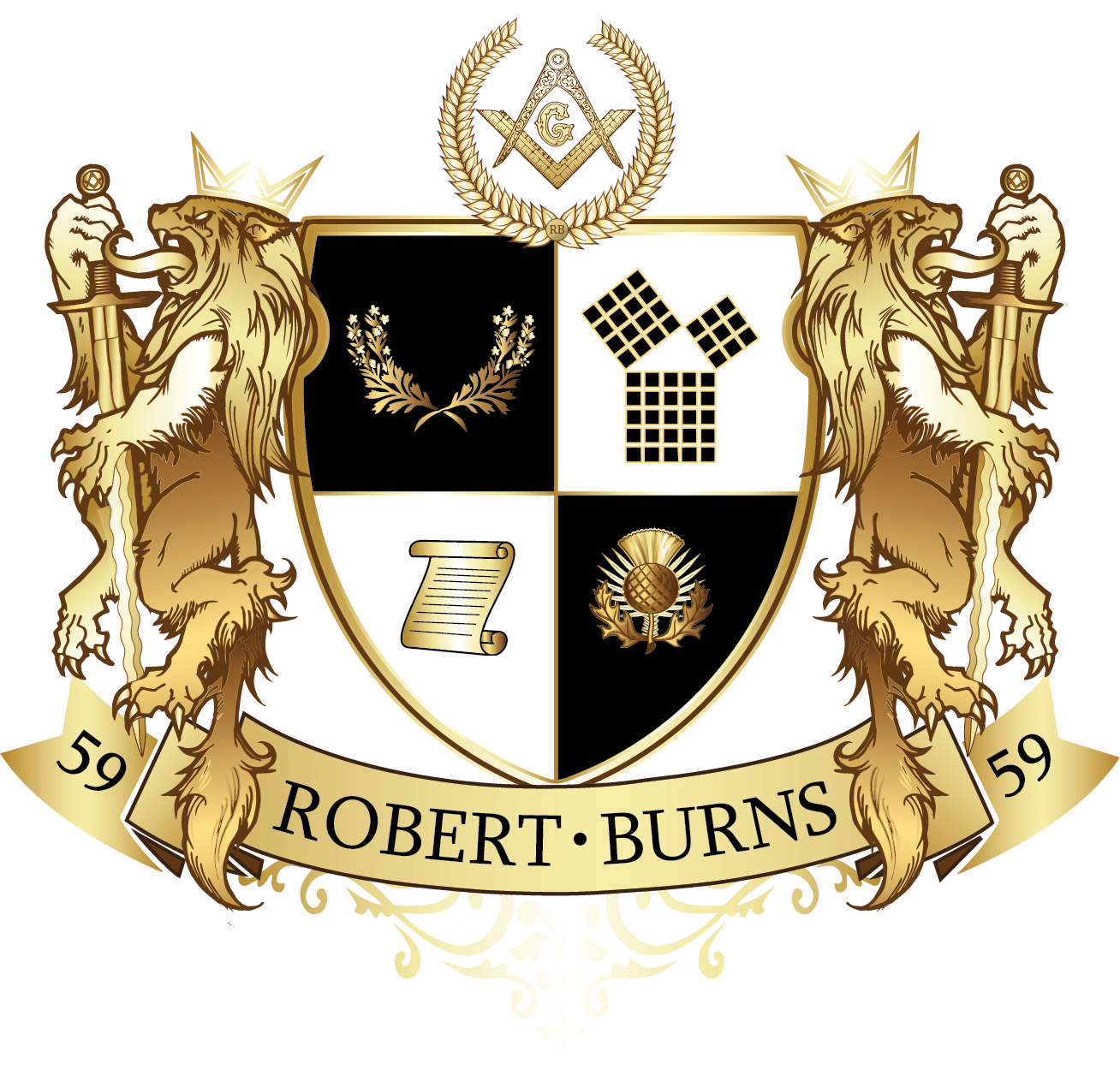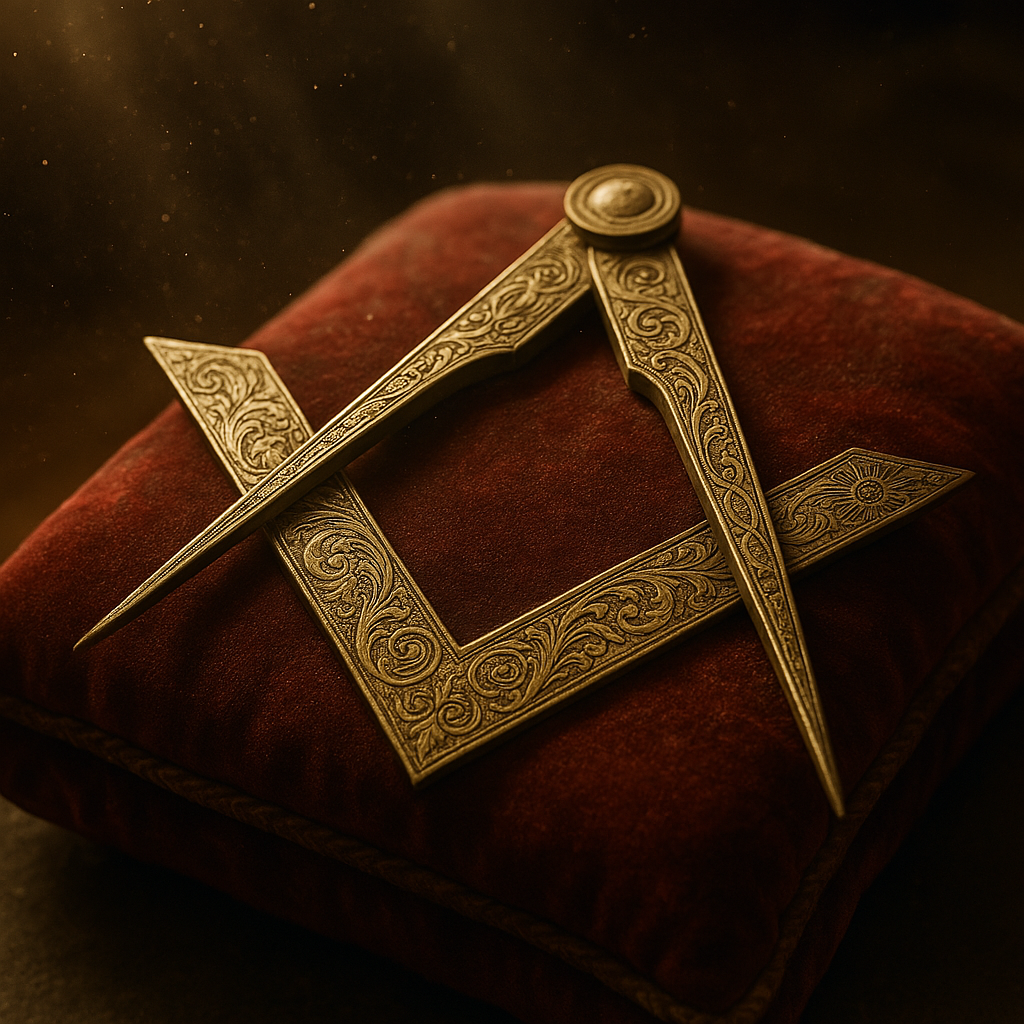Liberal and Conservative Freemasonry: The Two Main Traditions


The Square and Compasses, the most recognized symbol of Freemasonry worldwide
Freemasonry represents the world's oldest fraternal organization, but it is far from uniform in its practices and philosophies. Two main branches—Conservative Freemasonry and Liberal Freemasonry—have evolved distinct approaches to Masonic principles through historical circumstances and cultural contexts.
A Note on Terminology
The terms "Liberal" and "Conservative" in Masonic context refer specifically to philosophical approaches within Freemasonry and should not be confused with political ideologies. These Masonic designations describe attitudes toward traditional practices, religious requirements, and organizational structures within the fraternity. A Mason of any political persuasion may belong to either Masonic tradition, as these terms reflect institutional philosophies about Masonic practice rather than the political views of individual members.
Historical Origins and Development
Modern Freemasonry traces its origins to the guilds of stonemasons that regulated qualifications and standards from the 14th century onward. The establishment of the first Grand Lodge in London in 1717 marked the transition from "operative" masonry (actual stoneworking) to "speculative" masonry (philosophical and symbolic).
For the first century and a half of organized Freemasonry, the movement maintained relative uniformity in its core practices despite growing internationally. All lodges required belief in a Supreme Being and the immortality of the soul, used biblical references in their ceremonies, and prohibited women from becoming members.
The 19th Century Schism: A Tale of Two Traditions
The divergence between Liberal and Conservative traditions emerged gradually but crystallized in the 19th century through two pivotal developments that reflected deeper philosophical differences about equality, freedom of conscience, and the role of Freemasonry in society.
The 1868 Louisiana Incident: Race and Equality
The first major tension arose in 1868 when the Grand Orient de France recognized the legitimacy of a racially integrated lodge in Louisiana, directly challenging the racist policies of the Grand Lodge of Louisiana which strictly excluded Black and mixed-race individuals. This recognition of racial equality by the French Masons prompted the Grand Lodge of Louisiana to break relations with the Grand Orient de France, followed by many other American Grand Lodges.
This incident highlighted fundamentally different views on brotherhood and equality. The French Masonic perspective held that Masonic principles of brotherhood should transcend racial boundaries, while many American Grand Lodges of the time maintained that their racial exclusion policies were compatible with Masonic values.
The 1877 Reform: Freedom of Conscience
The defining moment that formally separated the two traditions came during the Grand Orient de France's constitutional convention of September 1877. After extensive debate, the assembly voted to modify Article 1 of their Constitution, which had previously required belief in God and the immortality of the soul.
Protestant pastor Frédéric Desmons, representing the lodge "Le Progrès" of Nîmes, presented the key argument for reform. In his speech to the convention, Desmons argued that mandatory religious belief contradicted Masonic principles of intellectual liberty and universal brotherhood. Since Freemasonry was not a religion, he contended, it should not require belief in a religious system. The convention adopted his position by a significant majority vote of 135 to 76.
The constitutional changes involved three specific modifications:
- Removal of the requirement to profess belief in deity
- Making the presence of sacred texts optional rather than mandatory
- Replacing references to the "Great Architect of the Universe" with "At the Glory of Humanity"
The United Grand Lodge of England (UGLE) responded by withdrawing recognition of the Grand Orient de France, effectively severing ties between the two major Masonic bodies. This formal break established the distinction between what would become known as Conservative and Liberal Freemasonry.
Comparing the Two Masonic Traditions
| Aspect | Conservative Freemasonry | Liberal Freemasonry |
|---|---|---|
| Religious Requirements | Requires belief in a Supreme Being; sacred text open during meetings | Freedom of conscience; no religious requirements |
| Gender Policy | Male-only membership (though women's organizations acknowledged) | Many obediences accept women or have mixed-gender lodges |
| Lodge Discussion | Prohibits religious and political discussion | Encourages philosophical, social, and political discourse |
| Governance | Hierarchical with traditional authorities | Democratic with elected leadership and equal lodge representation |
| Primary Examples | United Grand Lodge of England, U.S. Grand Lodges | Grand Orient de France, Grand Orient of Belgium |
| Membership Trend | Declining (UGLE: 500,000 in 1960s to 170,000 in 2023) | Growing (GOdF: 33,000 in 1960 to 53,000 in 2023) |
Conservative Freemasonry
Conservative Freemasonry, represented primarily by the United Grand Lodge of England (UGLE) and its recognized jurisdictions, maintains traditional requirements and practices. It insists that a volume of sacred law be open in working lodges, that members profess belief in a Supreme Being, that only men be admitted, and that discussion of religion or politics not take place within the lodge.
"The United Grand Lodge of England remains the largest Masonic jurisdiction worldwide. However, its membership has declined dramatically, from about 500,000 members in the 1960s to approximately 170,000 in 2023."
Despite its conservative stance, this tradition has evolved over time. The UGLE has formally acknowledged women's Masonic orders (though without allowing intervisitation), recognized Prince Hall Masonry (historically African-American lodges), and issued guidance welcoming transgender members.
Membership Decline
Conservative Freemasonry has experienced significant membership decline in recent decades. The United Grand Lodge of England has seen its membership fall from approximately 500,000 members in the 1960s to around 170,000 in 2023. Similarly, the Grand Lodge of Ireland's membership declined from 100,000 in 1960 to approximately 19,000 currently.
In the United States, where Conservative Masonry has been organized through 51 state Grand Lodges, membership has dropped from over 4 million members in 1957 to approximately 875,000 today, according to the Masonic Service Association of North America.
Liberal Freemasonry
Liberal Freemasonry, exemplified by the Grand Orient de France, emphasizes freedom of conscience and philosophical inquiry. The landmark 1877 constitutional reform removed requirements regarding belief in deity, making metaphysical conceptions "exclusively within the domain of individual judgment of its members."
The Grand Orient de France describes Freemasonry in its constitution as:
"Freemasonry, an essentially philanthropic, philosophical and progressive institution, has for its object the search for truth, the study of morality and the practice of solidarity; it works for the material and moral improvement, the intellectual and social perfection of humanity."
This tradition promotes:
- Freedom of Conscience - No required religious beliefs
- Universal Brotherhood - Inclusion regardless of race, religion, or gender
- Democratic Governance - Equal representation and elected leadership
- Progressive Social Engagement - Discussion of contemporary issues
Membership Growth
Unlike its Conservative counterpart, Liberal Freemasonry has demonstrated strong membership growth in recent decades. The Grand Orient de France increased from 33,000 members in 1960 to 53,000 in 2023, showing a growth of over 60% during the same period that Conservative bodies experienced significant decline.
This growth reflects the enduring appeal of Liberal Freemasonry's philosophical approach, which emphasizes freedom of conscience, social progress, and intellectual inquiry. The Liberal tradition has been particularly influential in French political and intellectual life, championing principles of secularism, democracy, and human rights throughout its history.
Women in Freemasonry
The inclusion of women represents a significant difference between these traditions. While Conservative Freemasonry maintains male-only membership, Liberal Freemasonry has evolved to include women's and mixed-gender organizations.
Key milestones include the 1882 initiation of Maria Deraismes as the first woman in a regular French lodge, the 1893 founding of Le Droit Humain (mixed-gender Freemasonry), and the 2010 decision by the Grand Orient de France to allow individual lodges to decide whether to initiate women.
The growth of women's participation in Freemasonry has been particularly notable in the Liberal tradition. The Grande Loge Féminine de France (GLFF), founded in 1945, emerged as a major women-only obedience, while Le Droit Humain has expanded to include 32,000 members in more than 60 countries worldwide.
Global Distribution
The geographical distribution of these traditions reflects historical and cultural influences:
Conservative Freemasonry Predominance
- United Kingdom and Commonwealth nations
- United States (mainstream Grand Lodges)
- Nordic countries
- Parts of Asia influenced by British colonialism
Liberal Freemasonry Predominance
- Continental Europe (particularly France, Belgium, Spain, Italy)
- Latin America
- Parts of Africa (especially French and Portuguese speaking regions)
- Parts of the Caribbean
Historical Persecution
Both traditions have faced significant persecution throughout history. During the Nazi regime, between 80,000 and 200,000 Freemasons were killed. The Catholic Church has issued over 600 papal pronouncements against Freemasonry since 1738, most recently reaffirmed by Pope Francis in 2023. Freemasonry has also been suppressed in numerous countries under both far-right and far-left authoritarian regimes.
One remarkable example of Masonic resistance during persecution was the creation of the Liberté chérie Lodge within Esterwegen concentration camp in 1943. Founded by seven Belgian Freemasons, this lodge managed to hold ten meetings and conduct a full initiation ceremony within the confines of the camp. Only two members survived the war.
Conclusion
The diversity within Freemasonry reflects different philosophical approaches rather than a division between "true" and "irregular" Masonry. Both traditions maintain core elements of Masonic identity—ritualistic initiation, symbolic teaching, moral development, and brotherhood—while adapting to different cultural contexts.
As Freemasonry continues to evolve in the 21st century, the two traditions face different challenges. Conservative Freemasonry struggles with declining membership and relevance in rapidly changing societies, while Liberal Freemasonry continues to grow by embracing adaptability and progressive values.
The Both traditions continue to offer meaningful philosophical and fraternal experiences to their members while maintaining their distinctive approaches to Masonic principles.
Piece of Architecture by Robert Burns Lodge Number 59,
Masonic Lodge Located in Las Vegas, Nevada.
Grand Lodge of F∴& A∴M∴ of Nevada.
